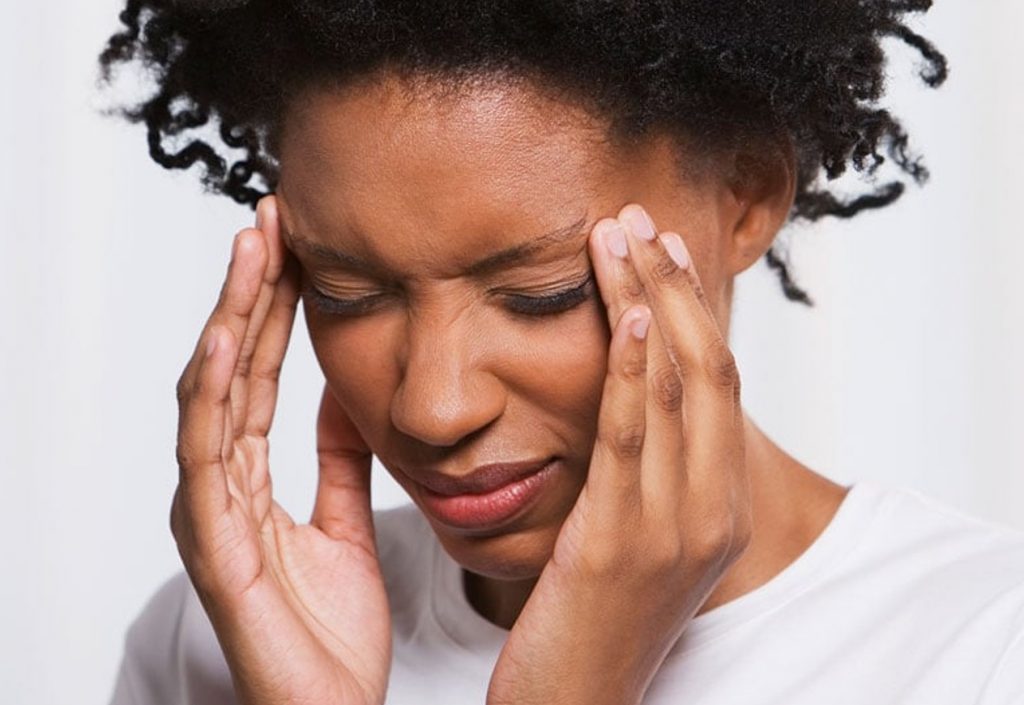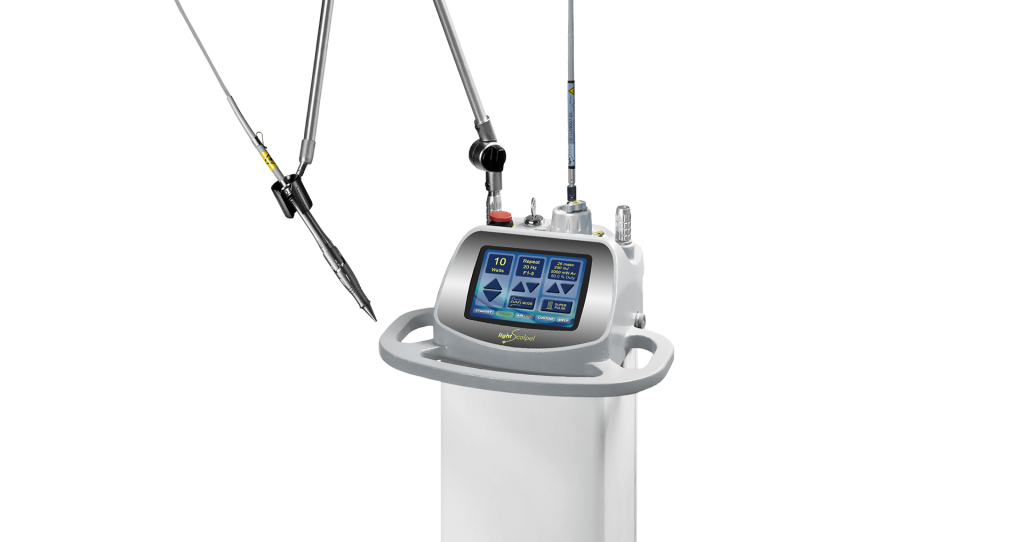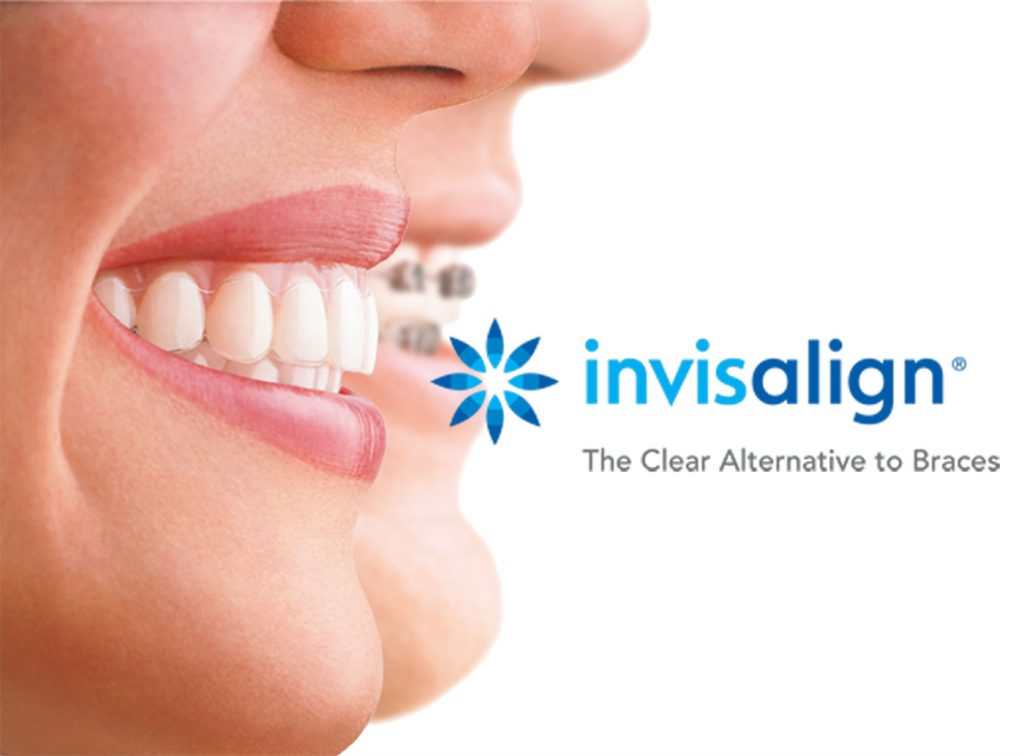The fastest way to get a whiter, brighter smile.
Your smile creates an immediate, subconscious, visual impact on people you meet. A brighter smile gives the impression of youth, vitality, happiness and warmth. A bright smile is perceived as a healthy smile. Teeth whitening remains one of the most economical ways to enhance your smile.
Smiles are valuable
Statistics reveal that we place a high value on our smiles. When adults surveyed were asked “What would you like to improve most about your smile?” the most common response was “whiter and brighter teeth.” If you are not happy with your smile, teeth whitening may be a good first step.
What is tooth whitening?
It is a process known as oxidation which lightens any discolorations in a tooth.
What causes teeth to discolor?
Baby teeth are typically whiter than the adult teeth that appear later. As we age, our adult teeth become darker, yellower, more gray or see-through or stained. This is partly why whiter teeth make people appear more youthful.
Just as there are a number of ways to lighten or brighten teeth, there are also several different ways for teeth to become discolored. The main causes of darkened teeth are genetics, antibiotics, and certain foods, plus teeth tend to darken as we age. The main causes of internal tooth discoloration are exposure to tetracycline antibiotics as a child (8 years old or younger) or in the womb when the permanent tooth buds are developing, tooth decay, restorations, root canals, high levels of fluoride and trauma.
Sometimes a single, darker tooth, may be lightened by a restoration such as a filling, crown, veneer or by a method called internal whitening. Internal whitening is a method of whitening a tooth from the inside out with a solution called sodium perborate which is placed inside the tooth. The sodium perborate reacts with stains and dissolves their articles, making the tooth whiter.
Internal whitening before and after photo
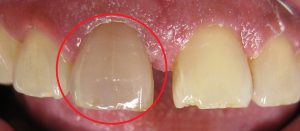
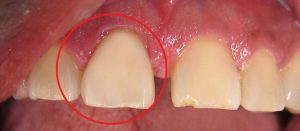
The main causes of external tooth yellowing are smoking, foods with tannins, coffee, tea, red wine, carrots, oranges and other foods that are highly colored. Tooth whitening is most effective on these types of surface stains.
What kind of whitening do you do in your office?
We take impressions of your teeth from which we create custom-made take-home whitening trays. We dispense prescription strength whitening gel for you to take home, and you simply apply 1-2 drops of the gel onto each tooth space on the trays that you wish to whiten before placing it over your teeth. It is typically worn for 1-2 hours a day over the course of 3-5 days.
How is a custom take-home whitening kit different from a store-bought whitening kit?
The store-bought whitening system generally takes 7-14 days to whiten and is worn for several hours at a time, so results are usually less dramatic as motivation drops to wear the store-bought version day after day. The prescription strength whitening solution we dispense is also a higher concentration than the store-bought version which may yield more dramatic results.
What are other options for whitening teeth?
Whitening toothpastes contain whitening agents or abrasives that help remove stains on the surfaces of teeth. They work by polishing the surfaces rather than by chemical action. However, the abrasivity of some whitening toothpastes can damage or wear away the enamel over time, so we do not recommend you regularly use whitening toothpaste.
Is whitening safe? What are the risks?
Yes, whitening is safe. Clinical studies have shown that whitening with carbamide peroxide or hydrogen peroxide is safe for teeth and gums. Our prescription whitening gel is 22% carbamide peroxide.
Whitening is not advised for pregnant or nursing mothers. It is also not recommended for those who experience extreme tooth or gum sensitivity or irritation after whitening. Whitening is unlikely to cause serious side effects, although some people’s teeth may become more sensitive for a short while.
We may also recommend delaying whitening if you have gum disease or tooth decay which may require treatment before whitening.
How do I treat sensitive teeth after whitening?
Since the most common side effect of whitening is mild tooth sensitivity, there are a few things you can do to prevent this or make it go away faster.
- Use a sensitivity toothpaste for two weeks prior to whitening and two weeks afterwards.
- Chew sugar-free gum afterwards to increase saliva flow which may decrease tooth sensitivity.
- Avoid whitening for a while—give your teeth a break before beginning whitening again.
What if I have restorations in my teeth—will these change color?
Whitening will remove any existing stains on the restorations but will not affect the original shade. Small changes in shade should not make existing fillings stand out more, but if you achieve a very dramatic change in shade, existing fillings can be replaced to match your new tooth shade.
How long does it last?
Newly whitened teeth may stain more easily. To keep your teeth as white as possible, avoid tobacco and stain-causing food and drinks for several days after whitening. Keep in mind that teeth usually return to their original shade over time, so whitening is typically repeated every 3-6 months or as needed. Since you keep the custom-made trays forever, just let our office know when you need more prescription-strength whitening solution.
Please schedule a consultation or ask questions about whitening at your next dental visit if you would like to know if whitening is a good option for you.

